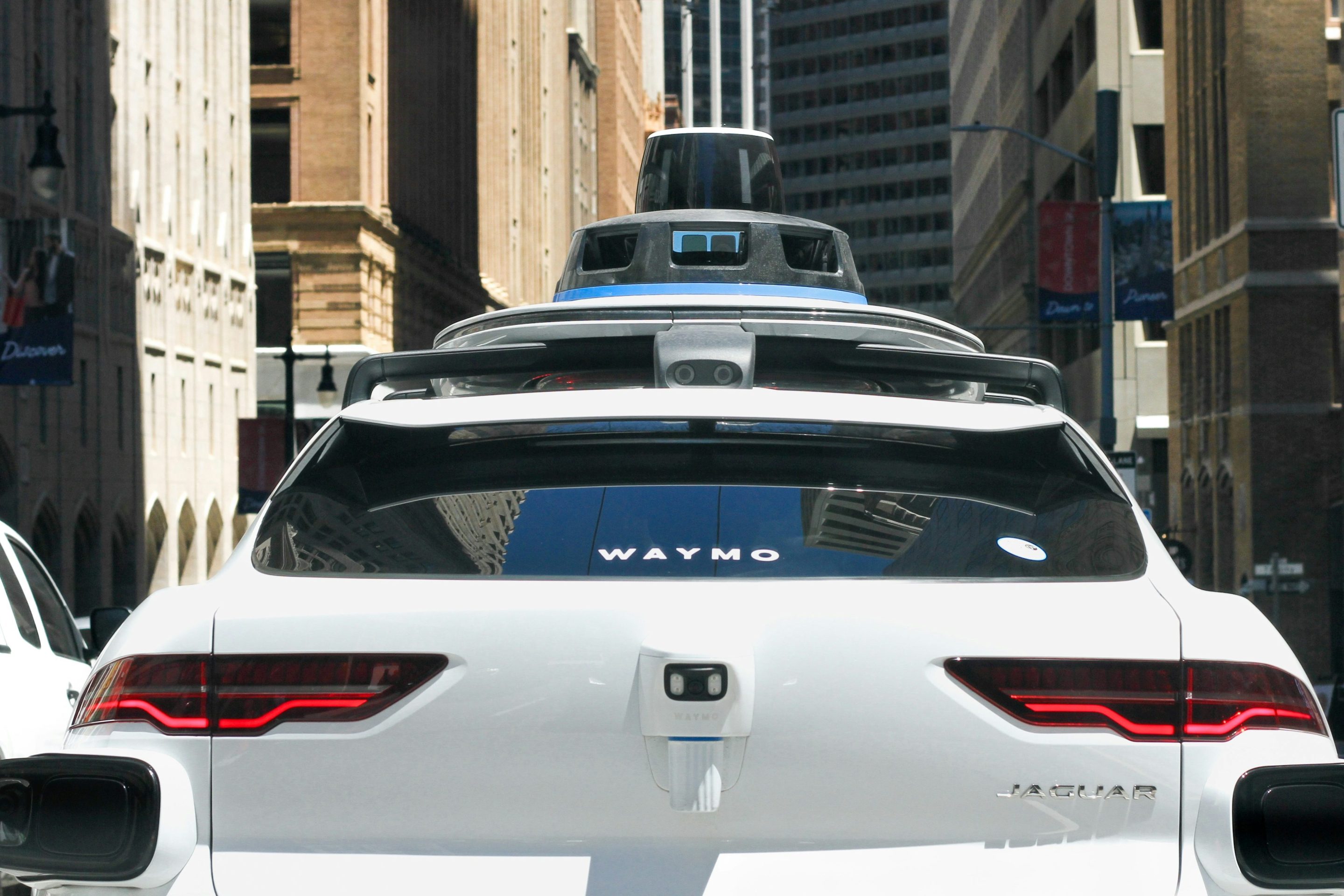
Only about 5 percent of workers in downtown Columbus arrive by transit daily, according to census data. So Columbus -- technically the fifteenth largest city in the U.S. -- isn't a huge transit city, by any means. But an innovative new proposal could help dramatically increase the share of downtown workers who arrive by bus.
A group of downtown property owners is experimenting with a program that would offer free transit passes to those who work in downtown Columbus. The initial 18-month pilot, which recently received final approval, includes just five major employers and about 1,100 employees.
But if it is successful, the plan is to expand free transit passes to employees in a wide area encompassing most of downtown. Marc Conte of Capital Crossroads, the downtown special improvement district leading the initiative, thinks it could at least double the number of people taking transit into downtown each work day.
Some cities, including Boulder and Salt Lake City, have experimented with downtown transit pass systems before, but never on this scale, says Conte. The program is actually modeled after Ohio State University's BuckID program, which lets all students ride COTA buses for "free" (the cost of the service is included in student activity fees).
Capital Crossroads, a voluntary association of 550 downtown property owners, was grasping for a solution to parking demand. Downtown Columbus office occupancy rates are climbing, and parking lots were developed, but those trends were placing stress on the existing transportation system. Capital Crossroads members, many of them condo owners, "kept asking us to do something about the parking problem," Conte said. "If you have a big chunk of employees to park anywhere, you can’t find them any parking."
The city of Columbus built two 700-space downtown parking garages. But the city isn't interested in additional bonding to build more spaces, Conte says, and market parking rates aren't high enough to justify private garages.
At first, Capital Crossroads tried reaching out to individual human resource departments, asking that they, at minimum, equalize incentives between transit and parking. But there was resistance from many HR directors, who don't seem to be in the habit of taking transit. Part of it was also the perceived hassle of dealing with monthly transit passes.
"There's a lot of inertia from older generations," said Conte. "But I think there has been a change."
One thing that helps is that Columbus now has CoGo bike share and Car2Go, providing workers other options for mid-day trips, Conte said.
The way the program is designed also takes a lot of work out of administration for businesses. Participants will be issued an ID card that does not expire until their employment does. COTA will charge the program the regular $2 rate per ride from each card swipe up to the limit of $62, the cost of a regular monthly pass.
"The idea of the simplicity" was a big selling point for members, said Conte. "Once you get the pass it’s just activated forever and never gets shut off. I think that helps a lot."
The pilot is being funded by a federal grant secured by the local metropolitan planning organization. But if it's successful and the program is expanded, Capital Crossroads will assess property owners for the cost of the transit fares and those costs will be passed on to tenants. As a special improvement district, Capital Crossroads has the power to assess property owners for services, provided they are approved by at least 60 percent of members. Conte says it's not clear yet if the owners will be willing to cover the entire cost.
Another unknown is whether COTA has the capacity to accommodate a new wave of commuters. The uncertainty is compounded by the fact that COTA is undergoing a major redesign of its bus routes, which is expected to boost ridership by 10 to 15 percent.





